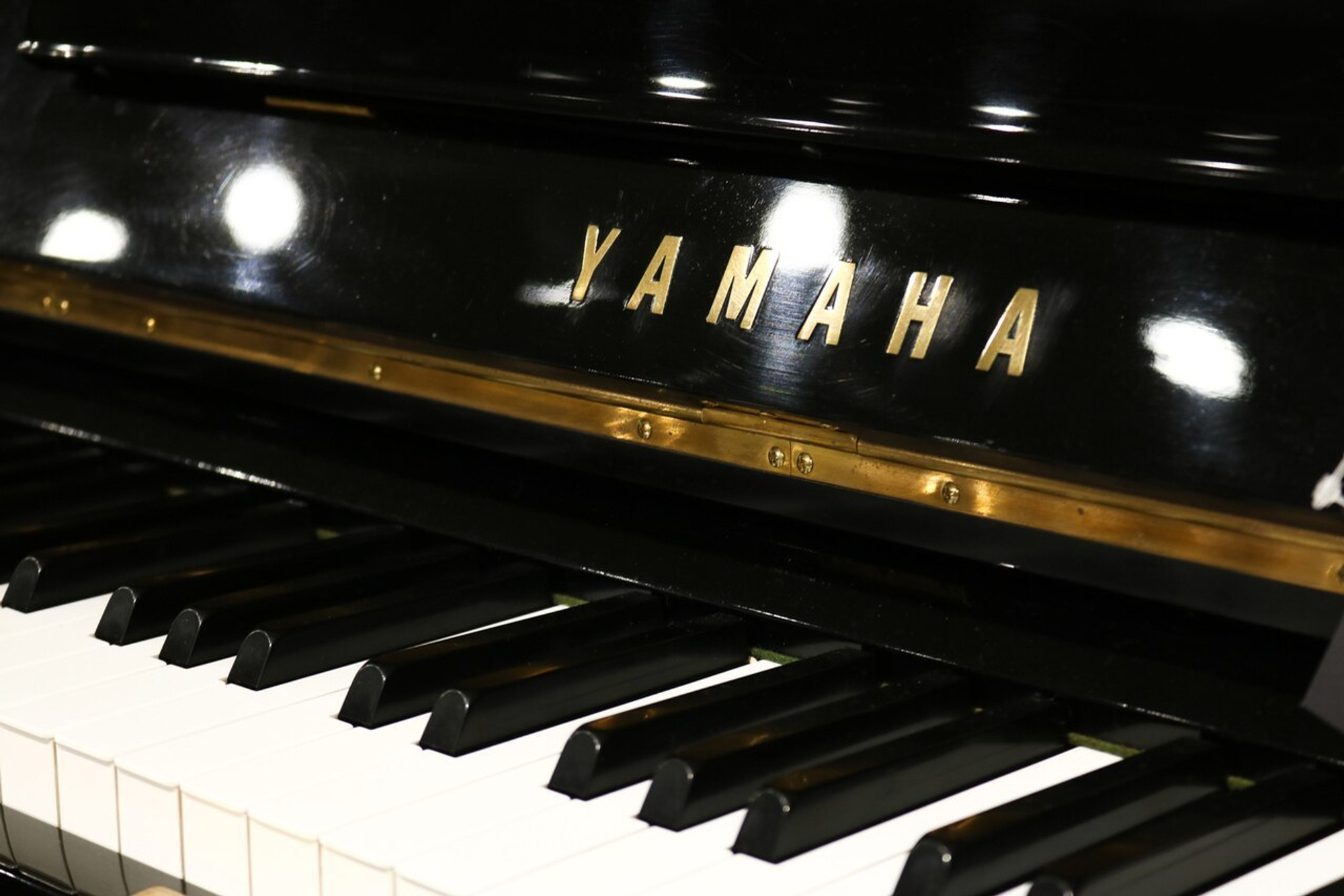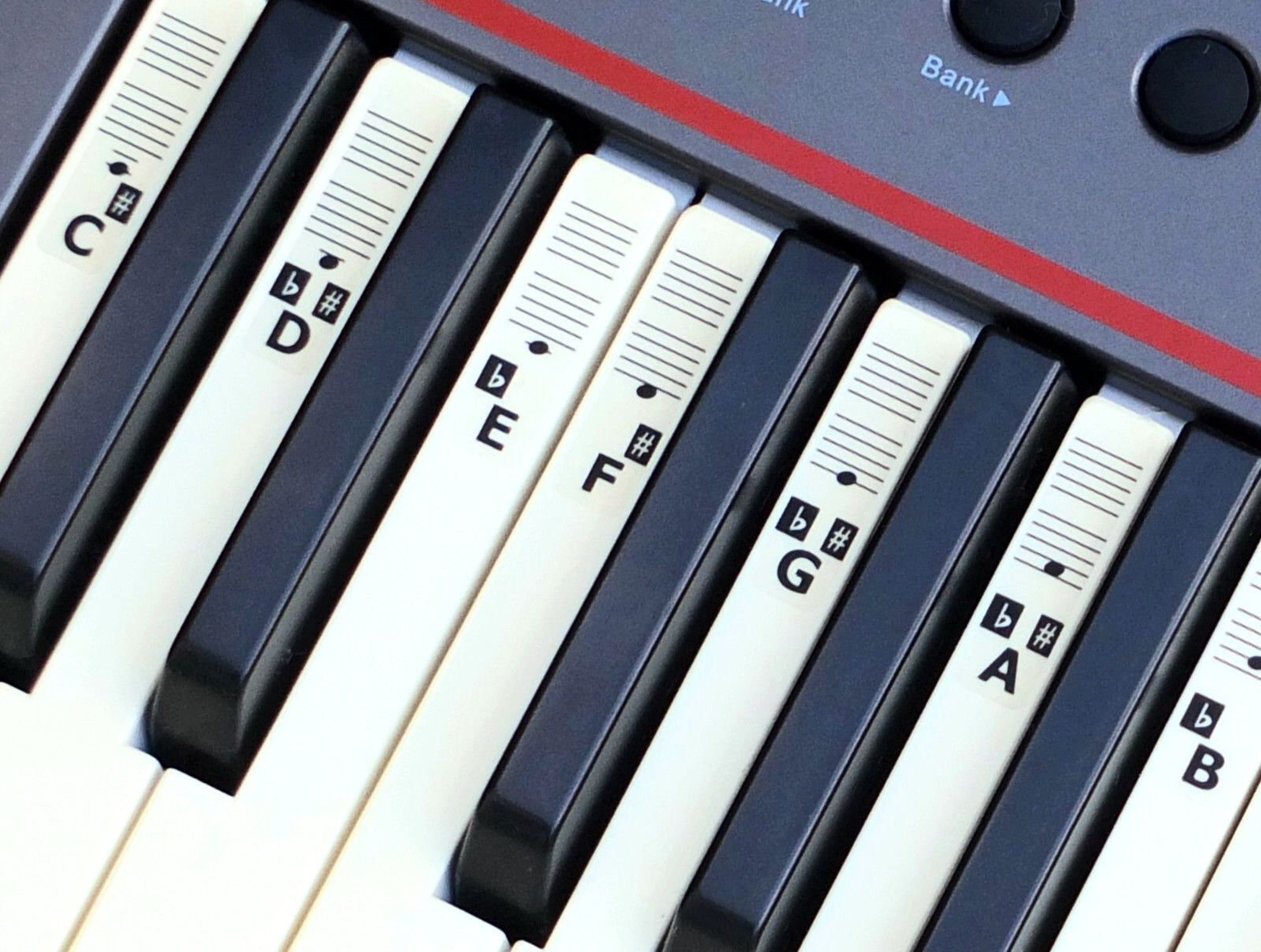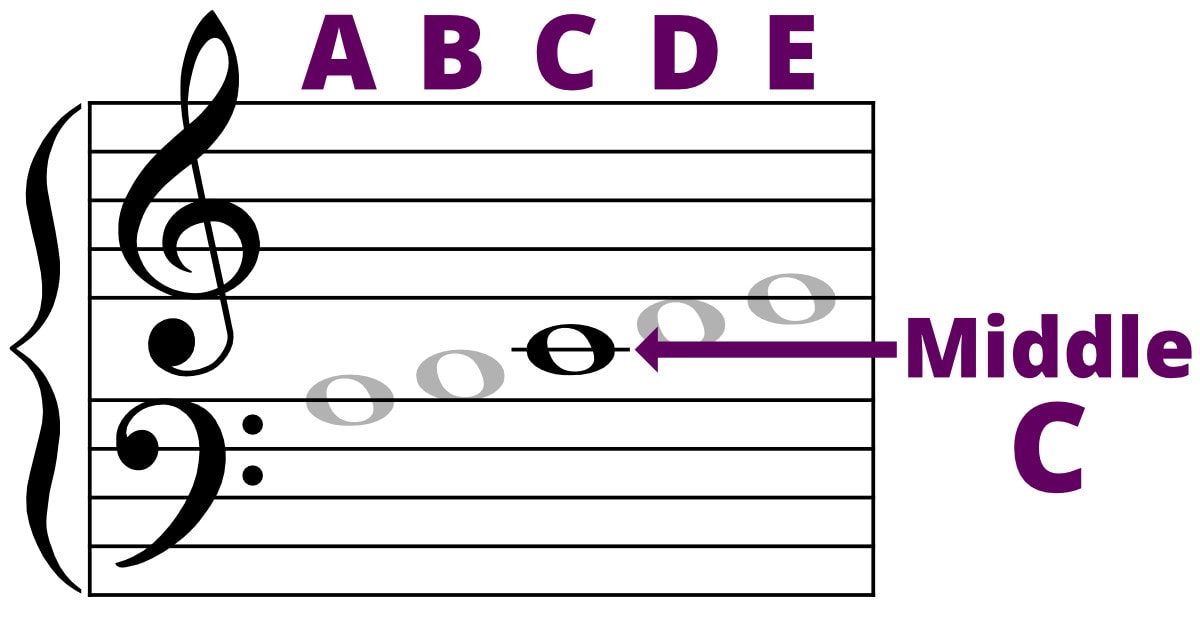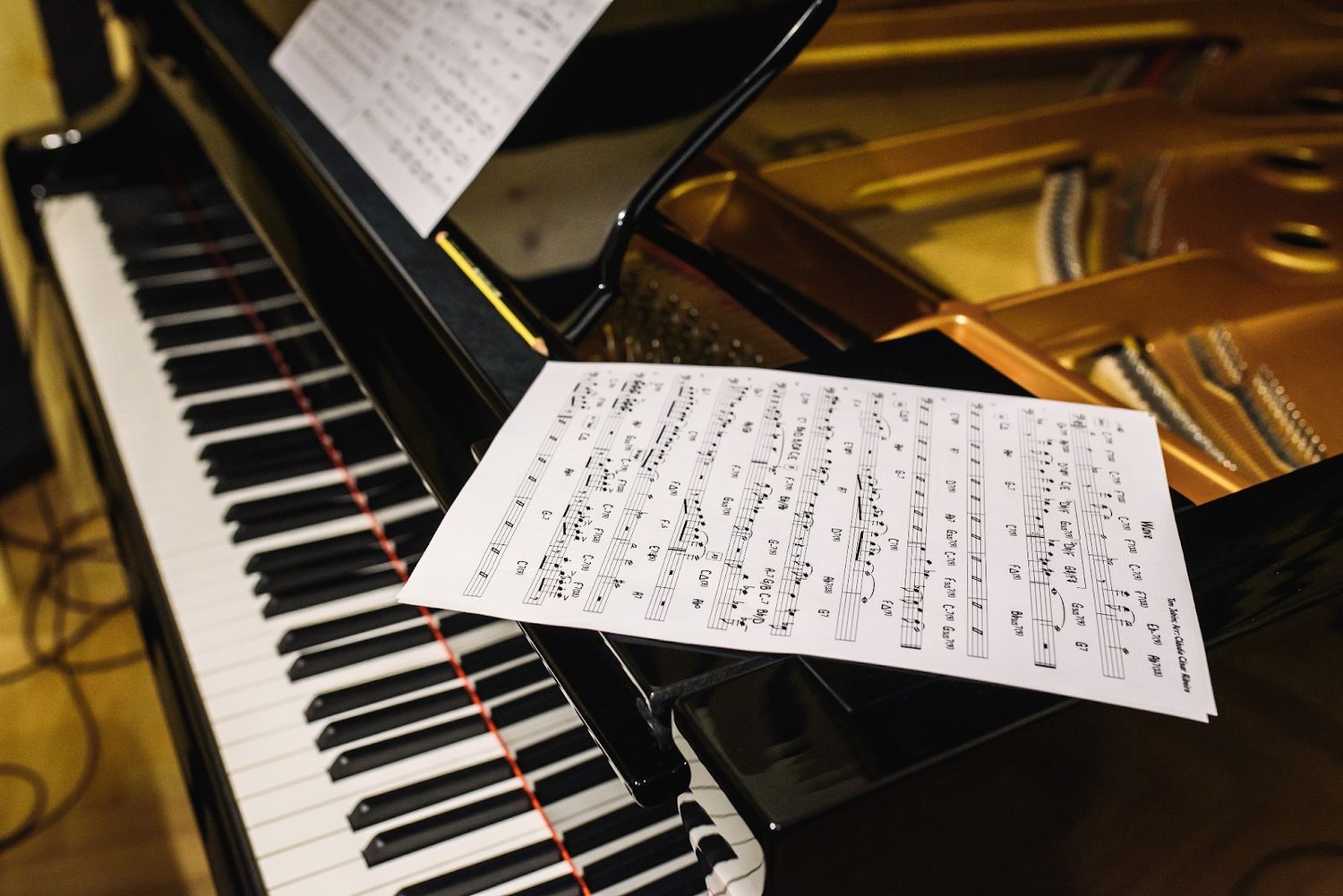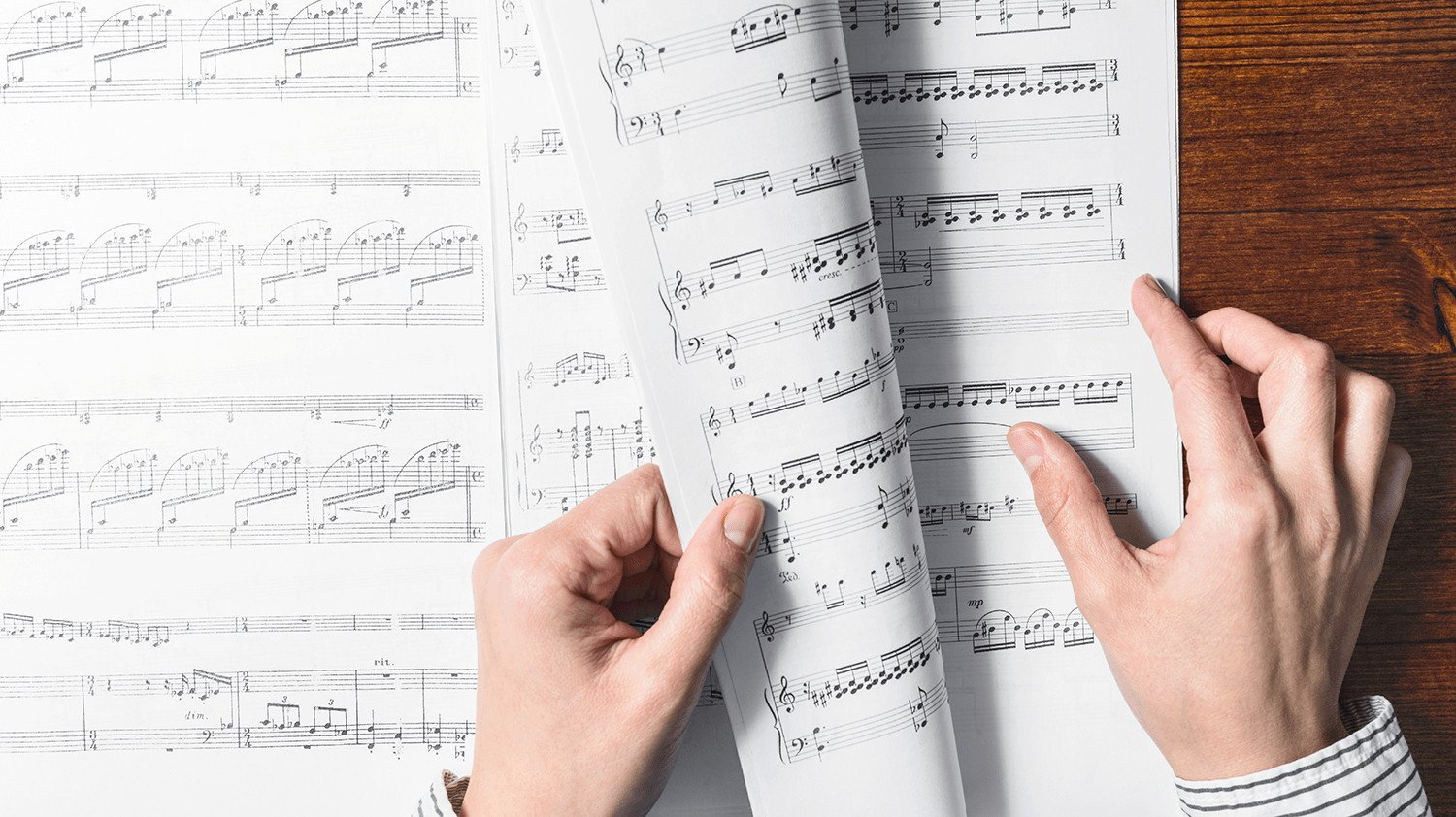Home>Instruments>Piano>Where Is C5 On The Piano
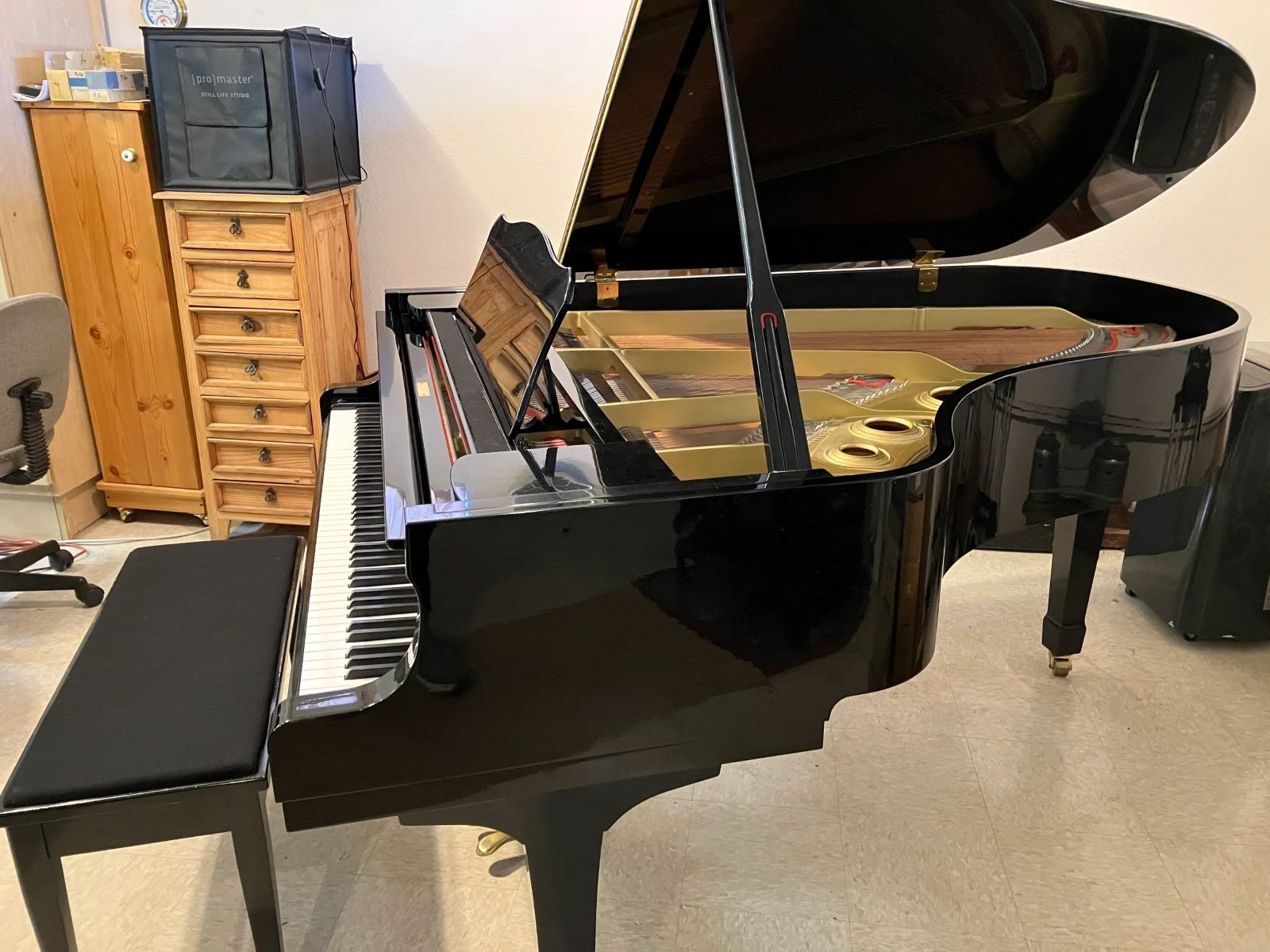

Piano
Where Is C5 On The Piano
Published: February 12, 2024
Learn where C5 is on the piano and master your keyboard skills. Discover the location of C5 and improve your piano playing today!
(Many of the links in this article redirect to a specific reviewed product. Your purchase of these products through affiliate links helps to generate commission for AudioLover.com, at no extra cost. Learn more)
Table of Contents
Introduction
Playing the piano is a delightful journey that brings the magic of music to life. Whether you’re a seasoned pianist or a beginner eager to explore the instrument's enchanting world, understanding the layout of the piano keyboard is essential. One of the fundamental elements of this understanding is identifying the location of specific notes on the keyboard. In this article, we will focus on locating the note C5 on the piano, a task that can initially seem daunting but becomes straightforward with the right guidance.
The piano keyboard is a captivating arrangement of keys, each representing a unique musical note. As you delve into the intricacies of piano playing, knowing the precise location of notes on the keyboard empowers you to express your musical creativity with confidence. In the subsequent sections, we will unravel the mystery of finding C5 on the piano, providing you with a clear and comprehensive guide to enhance your piano-playing journey. Whether you’re practicing scales, learning a new piece, or simply exploring the keyboard, understanding the layout of the piano and the specific location of notes is a valuable skill that will enrich your musical endeavors. Let’s embark on this enlightening exploration of the piano keyboard to uncover the magic of C5.
Understanding the Piano Keyboard
Before diving into the specifics of finding C5 on the piano, it’s crucial to familiarize ourselves with the layout of the piano keyboard. The standard piano keyboard consists of 88 keys, encompassing a range of seven octaves plus a minor third. These keys are a blend of white and black keys, each representing a musical note or a semitone. The pattern of black keys on the keyboard follows a sequence of groups of two and three, repeating across the entire span of the keyboard.
As you explore the piano keyboard, you’ll notice that the notes ascend from A to G, with the pattern then repeating in higher or lower octaves. The note C serves as a pivotal point on the piano, often used as a reference for understanding the keyboard layout. It’s important to note that each octave on the piano consists of 12 notes, encompassing both white and black keys. This repetitive pattern of 12 notes within an octave provides a foundational understanding of the piano keyboard’s structure.
Understanding the concept of octaves is essential when locating specific notes on the piano. An octave refers to a series of eight notes, inclusive of both the white and black keys. The pattern of octaves is integral to comprehending the arrangement of notes on the keyboard, allowing pianists to navigate through different registers with ease.
As you familiarize yourself with the piano keyboard, the relationship between notes, octaves, and the distinctive arrangement of black and white keys becomes clearer. This understanding lays the groundwork for identifying and locating specific notes on the piano, including our target note, C5. With this foundational knowledge in place, we are now prepared to delve into the process of pinpointing C5 on the piano.
Identifying C5 on the Piano
Locating C5 on the piano is an essential skill for pianists of all levels. C5, also known as middle C, holds a central position on the keyboard and serves as a point of reference for understanding the layout of the instrument. When you visualize the piano keyboard, middle C is positioned near the center, creating a visual and auditory anchor that aids in orienting yourself on the keyboard.
To identify C5, envision the grouping of two black keys on the piano. Directly to the left of these black keys lies the note C. This specific C, located to the left of the paired black keys, is middle C, denoted as C5. It is aptly named middle C because it resides close to the middle of the standard 88-key piano keyboard. This central positioning makes middle C a pivotal note for pianists, as it bridges the lower and upper registers of the instrument.
When you play middle C, its distinct sound and central location on the keyboard create a harmonious balance, making it a crucial reference point for understanding the piano’s layout. Whether you’re learning scales, chords, or melodies, middle C’s strategic placement facilitates a deeper comprehension of the instrument’s range and tonal possibilities.
As you familiarize yourself with middle C and its significance, remember that C5 is not only a fundamental note for pianists but also a gateway to exploring the expansive range of the piano keyboard. Whether you’re embarking on a musical journey, honing your skills, or simply enjoying the beauty of piano playing, the ability to identify and appreciate the significance of middle C enhances your connection with the instrument and the music you create.
Now that we’ve grasped the importance of middle C and its role in navigating the piano keyboard, let’s further explore the method of finding C5 using octaves, a valuable technique that expands our understanding of the piano’s layout and the placement of specific notes.
Finding C5 Using Octaves
Understanding octaves is a fundamental aspect of locating specific notes on the piano, including C5. An octave encompasses a series of eight notes, spanning from one note to another with the same letter name. This pattern includes both white and black keys, forming a cohesive sequence of musical tones.
To find C5 using octaves, begin by identifying the note C in the lower register of the piano. This C serves as a starting point for ascending through the octaves to reach C5. As you navigate the keyboard, you’ll notice that each successive C represents a higher octave. By following this pattern, you can gradually ascend through the octaves until you arrive at C5, also known as middle C.
When you reach C5, take a moment to observe its position on the keyboard. Middle C, or C5, is situated near the center of the piano keyboard, aligning with its significance as a reference point for pianists. This strategic placement emphasizes the note’s pivotal role in connecting the lower and upper registers of the instrument, making it a versatile and foundational element in piano playing.
Exploring octaves not only aids in locating specific notes but also enriches your understanding of the piano’s expansive range and tonal diversity. As you traverse through the octaves to reach C5, you gain a deeper appreciation for the instrument’s layout and the interconnectedness of musical notes across different registers.
By utilizing the concept of octaves, pianists can confidently navigate the keyboard, explore musical compositions, and expand their repertoire with a nuanced understanding of note placement and tonal relationships. This method of finding C5 using octaves provides a holistic approach to engaging with the piano keyboard, empowering pianists to unlock the full potential of the instrument and their musical expression.
As we’ve explored the significance of octaves in locating C5 on the piano, we’ve gained valuable insight into the interconnected nature of musical notes and the keyboard’s layout. This understanding enhances our ability to navigate the instrument with precision and creativity, paving the way for a fulfilling and enriching piano-playing experience. With our newfound knowledge of finding C5 and the role of octaves, let’s conclude our exploration with a reflection on the significance of this foundational note and its impact on our musical journey.
Conclusion
Embarking on the quest to locate C5 on the piano has illuminated the intricate beauty of the instrument’s keyboard and the significance of this foundational note. As we delved into the process of identifying and finding C5, we unveiled the central role of middle C in connecting pianists with the expansive range of the piano. Middle C, also known as C5, serves as a vital reference point, guiding pianists through scales, melodies, and the diverse tonal landscape of the instrument.
Our journey through the piano keyboard unveiled the interconnected nature of musical notes, the concept of octaves, and the strategic positioning of C5 near the center of the keyboard. This exploration not only enriched our understanding of the instrument’s layout but also deepened our connection with the art of piano playing.
By comprehending the layout of the piano keyboard and mastering the technique of finding C5 using octaves, pianists gain a profound appreciation for the instrument’s versatility and expressive capabilities. The ability to confidently locate C5 and harness the power of middle C empowers musicians to explore a myriad of musical possibilities, from intricate compositions to soul-stirring performances.
As we conclude our exploration of finding C5 on the piano, let’s carry forward this newfound knowledge with a sense of curiosity and reverence for the instrument. Whether you’re a seasoned pianist or an aspiring learner, the significance of C5 and the depth of understanding gained from this journey will undoubtedly enrich your musical endeavors, infusing each keystroke with purpose and passion.
May the resonance of C5 echo the harmony of your musical pursuits, guiding you through the enchanting realm of piano playing with grace and creativity. Let the magic of C5 inspire your melodies and elevate your connection with the timeless art of the piano.

